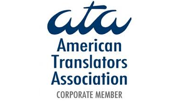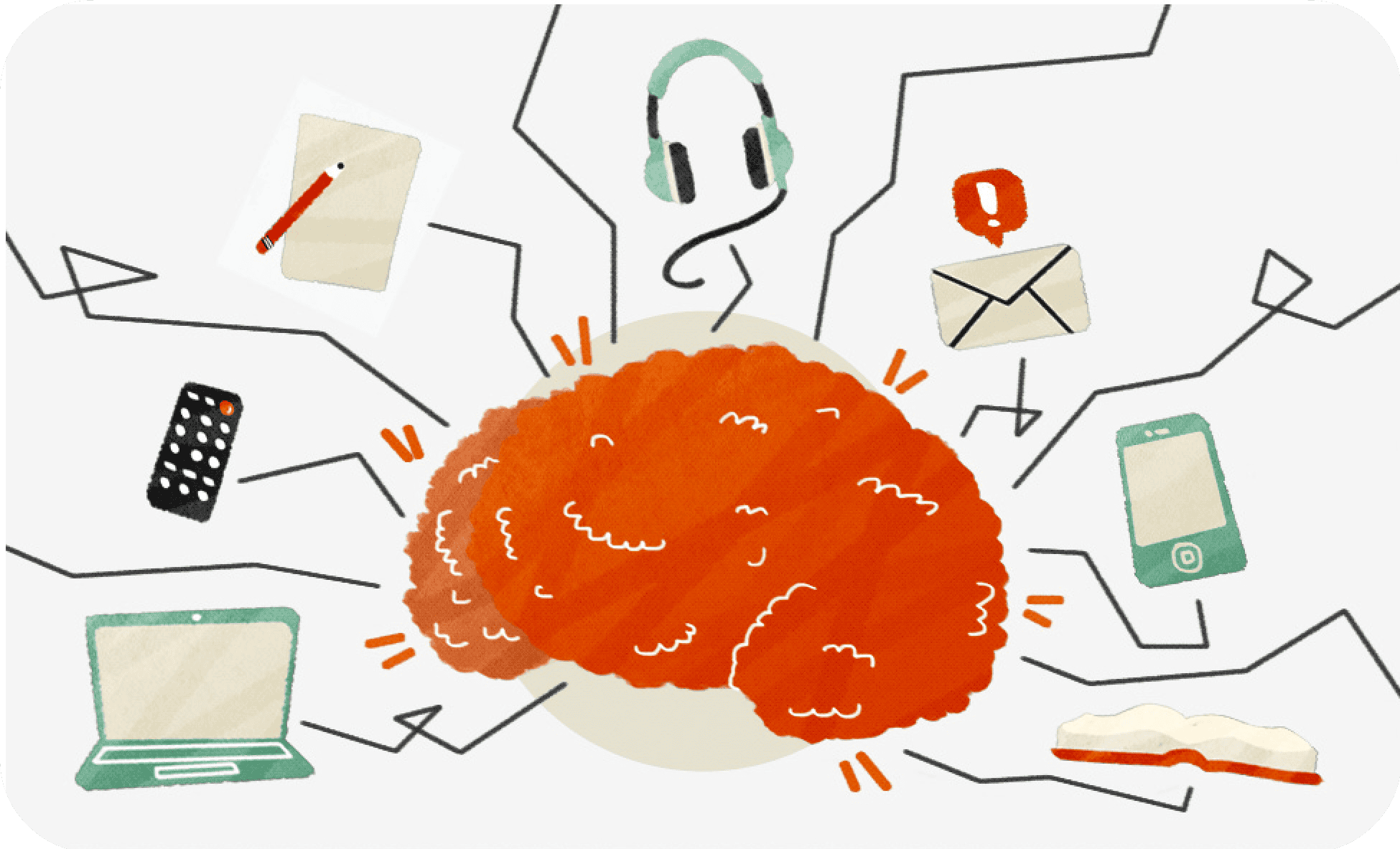May 6, 2015 by Laura Davey
Get a Free Quote
Our Accreditations





Recent Updates
Culture-bound syndromes and how language shapes illness
In her book Sleeping Beauties, neurologist Suzanne O’Sullivan explores the phenomenon of culture-bound illnesses around the world. The conditions she is interested in are psychosomatic disorders which arise due to a complex interaction between the mind and body, but… Read More
Following last week’s post, here’s the other skills that are needed for a TPM in the Translation industry!
Decision-Making and Problem-Solving
The ability to anticipate potential obstacles prior to delivery is something that improves over time and, at times, by learning from past experience. Requesting that a translation be returned before the standard turnaround time if we foresee any formatting issues arising or if we feel that proofreading the document will take a particularly long time due to a file containing complex terminology is just one of the pre-delivery considerations to take into account. This kind of forward planning and awareness could prevent a late delivery which might lead to a client losing faith in our ability to perform and making the decision to find another service provider.
We must also consider different time zones and offshore bank holidays when liaising with our freelancers: attempting to contact a linguist for a translation we need to deliver 6 hours later will be unlikely to work out for us if said individual has just gone to bed. Similarly, if, for example, a South America-based freelancer sends us the wrong file or there is missing text in his or her translation, we must decide if we will telephone them at their local time of 4am, if we can amend the translation to a suitable extent in-house or if we need to contact an alternative translator who is based in the UK and may be able to assist at short notice.
Making decisions has the potential to present itself as one of the hardest parts of the job; informing a translator or interpreter that we are taking them off an assigned job mid-project because the proof-reader or client is unhappy with the quality of their work is never easy. As a PM, you are effectively the intermediary between the sales team (the client’s representative, of sorts) and the linguist, and there is, of course, strong reason to keep both parties satisfied; making such announcements professionally and with the correct level of diplomacy and tact whilst preserving anonymity between translators and editors is therefore vital for maintaining good working relationships with linguists and clients alike.
Multitasking
 Whilst I agree that being able to prioritise well is a fundamental skill in any job, the importance of choosing which task/s to tend to or which problem/s to tackle first and gauging how long to spend on a given job is a work-based quality that every good TPM must fine tune. It is not uncommon for us to be halfway through checking the quality of a 30-page translated document when we must pause to re-assign a rush project which is due the next morning because the current linguist has fallen ill, or to relay a bewildered translator’s terminology or context query to a hard-to-reach client, for us to then go back to the 30-page document and resume the task at hand.
Whilst I agree that being able to prioritise well is a fundamental skill in any job, the importance of choosing which task/s to tend to or which problem/s to tackle first and gauging how long to spend on a given job is a work-based quality that every good TPM must fine tune. It is not uncommon for us to be halfway through checking the quality of a 30-page translated document when we must pause to re-assign a rush project which is due the next morning because the current linguist has fallen ill, or to relay a bewildered translator’s terminology or context query to a hard-to-reach client, for us to then go back to the 30-page document and resume the task at hand.
At times, we must carry out several tasks for just one of our multiple projects: a document may need to be translated into several languages, and we must make sure that each of these target files is returned to us from different freelancers before the agreed client deadline or rolling deadlines.
Embracing flexibility in this area is, therefore, the only way to avoid missing deadlines, meet customers’ demands and obtain successful results.
Keeping technologically up-to-date
Nowadays, and increasingly so, it is important for project managers as well as translators themselves to remain well informed of software developments, especially those of CAT (Computer-Assisted Translation) tools. I am (certainly) not referring to Google Translate or any other type of machine translation, with which this technology must not be confused, but to the computer software used by human translators to facilitate the translation process and improve the quality of translation output. Particularly, proficiency in translation memory tools and terminology management software can prove a real advantage for linguists and project managers, as they help to save time and money when used properly.
These few cited examples of a translation project manager’s role highlight the way in which they can help to remove stress and uncertainty for an agency’s clients and mitigate risk on their behalf, and how they are, therefore, vital to any successful translation assignment. All projects present their own challenges and satisfactions, but each one is undertaken to create a unique end product; unique not only because it is likely to fall under one or more of the different categories of financial, legal, medical or literary texts, but because it will have come from a different client with different objectives and expectations. It is this intrinsic characteristic of the nature of this role that makes it varied and interesting, from the planning implementation, to the execution and closing of all of our projects.
Get a Free Quote
© 2024 All Rights Reserved
Rosetta Translation, 133 Whitechapel High St, London E1 7QA · 0207 248 2905
Comments
Add Comment